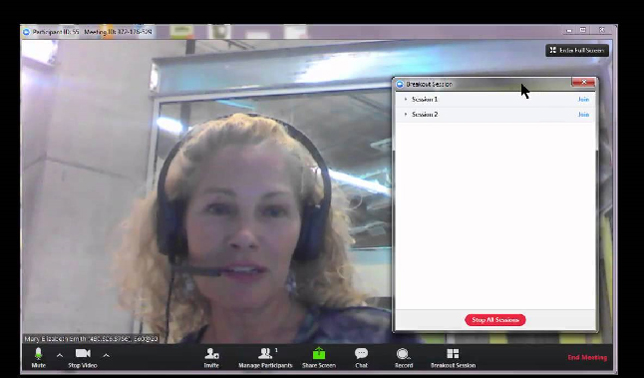New Technology Allows Breakout Sessions for Large Online Video Classes
Zoom Breakout Rooms will allow instructors in video classes as large as 200 students to break into as many as 50 smaller groups.
Zoom, a company that provides colleges and universities with videoconferencing technology, is now offering a product that allows large online video classes to hold breakout sessions in which smaller groups of students can interact with one another.
Using the company's software-defined videoconferencing technology, Zoom will now provide video breakout rooms to all Zoom users, including those with free accounts.
Company officials said Zoom Breakout Rooms solve the problem of not having enough interaction among students in large online video classes.

With Zoom Breakout Rooms, smaller groups of students in large video classes can interact with one another.
"Our customers, particularly those in the education and training sectors, have been asking for video breakout rooms," said Zoom Founder and CEO Eric Yuan.
With the technology, professors can break up a class of as many as 200 students into as many as 50 breakout groups. In the smaller groups, students have the capabilities to use video and audio, chat, place content on whiteboards and share screens.
A breakout group can alert the instructor at any time if it needs help and the instructor can visit any of the breakouts to assist or answer questions. Remote users can access Zoom and the breakout rooms via almost any device including Windows, iOS, Android, BlackBerry or Linux.
"Video breakout rooms are an essential function for synchronous course delivery and allow our online instructors to engage in collaborative and team-based activities in a structured manner," said Joel Reeves, assistant vice chancellor and CIO at the University of Tennessee. "This is especially important for our online executive MBA programs, social work and nursing programs."
About the Author
Michael Hart is a Los Angeles-based freelance writer and the former executive editor of THE Journal.